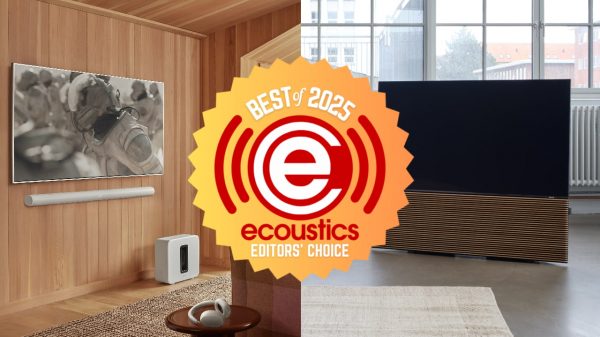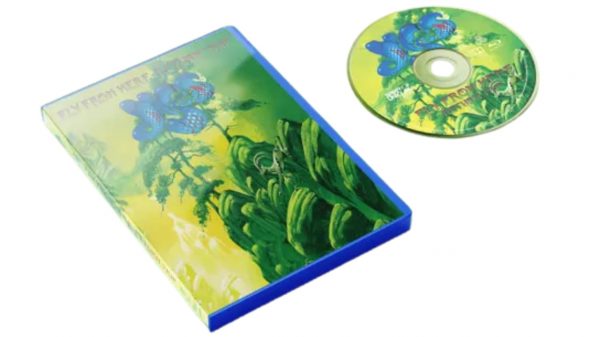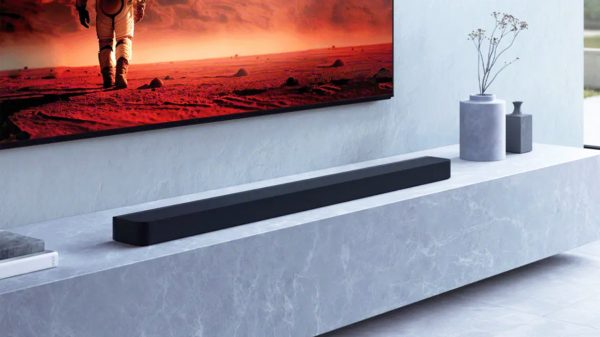There has been a big push in the music and consumer electronics industry lately for immersive sound or “spatial audio.” Beyond traditional stereo or surround sound, immersive audio includes height information to create an expansive and immersive surround sound stage which wraps the listener in sound from all directions. Video streaming services such as Netflix, Disney+ and Apple TV+ support immersive audio for movies and TV shows. More recently music streaming services such as Apple Music, TIDAL and Amazon Music have all added support for immersive sound music tracks via Dolby Atmos. TIDAL and Amazon Music also support Sony 360 Reality Audio immersive sound.
As of now, immersive music streaming has only been available in lossy formats such as Dolby Digital+ (with Dolby Atmos encoding). Lossy encoding formats can sound great, but by definition there is some audio information lost in the encoding and decoding process (which is why it’s called “lossy.”). Lossless audio formats like PCM, FLAC, Dolby TrueHD and DTS HD Master Audio are technically better in that what gets recorded and encoded in the original master makes it all the way to the end consumer in exactly the same condition as the original recording – nothing is lost. While you can get lossless immersive music tracks from physical media like Blu-Ray Discs, there aren’t any options for lossless streaming of immersive music tracks. That may be about to change.

Audiophile Style just published a piece by “The Computer Audiophile” which describes a next generation music streaming service under development which will have the ability to deliver lossless immersive music mixes in formats such as Dolby TrueHD/Dolby Atmos and AURO 3D. The service is called “Artist Connection.” It exists already as a professional streaming platform used by music labels, venues and engineers. But the plan is to open it up to the public later this year.
The streaming service is a bit different from “all-you-can-eat” competitive services such as Apple Music and TIDAL in that users will potentially be able to just subscribe to specific studios or even buy streaming rights for individual movies, songs or albums in lossless immersive quality. According to the developers, the streaming platform will be the first to support lossless immersive streaming in AURO 3D and Dolby TrueHD/Dolby Atmos formats.
As for how it will accomplish this feat, the Artist Connection service will support a feature called “AC Connect.” Think of something like Apple AirPlay, TIDAL Connect, Chromecast or Spotify Connect. You’d run the Artist Connection app on your phone or tablet, select some content (music or video) and then choose which A/V component you want to deliver the music or video content to. This could be a network streaming player, a preamp/processor, receiver or even a soundbar or set of powered speakers. Since the connection uses your home WiFi network (not Bluetooth) you can stream a fully lossless multi-channel music file without any lossy compression being involved.
If the decoding device is a network streamer, then you will need an HDMI connection between that source component and the actual receiver or processor. On the receiver side, assuming you are using a separate streaming player, all you need is the appropriate codec support for the content – which is currently AURO 3D or Dolby TrueHD/Dolby Atmos. So there should be an option to add this to existing systems without the need to buy a whole new receiver or processor.
The company developing this technology told Audiophile Style that a popular chip manufacturer will be offering AC Connect in its SDK (Software Development Kit) for its customers starting this summer. This means consumer electronics manufacturers will have the option of incorporating this feature into future products. It’s unclear whether the feature could be added to existing hardware via a software or firmware upgrade but if we learn more about these details, we’ll be sure to post an update.
Read more about this in Audiophile Style. Find out more about the Artist Connection service and its support for immersive audio on their web site.
You May Also Like:
Podcast: Spatial Audio – the Next Big Thing or Just Another Cash Grab?














































